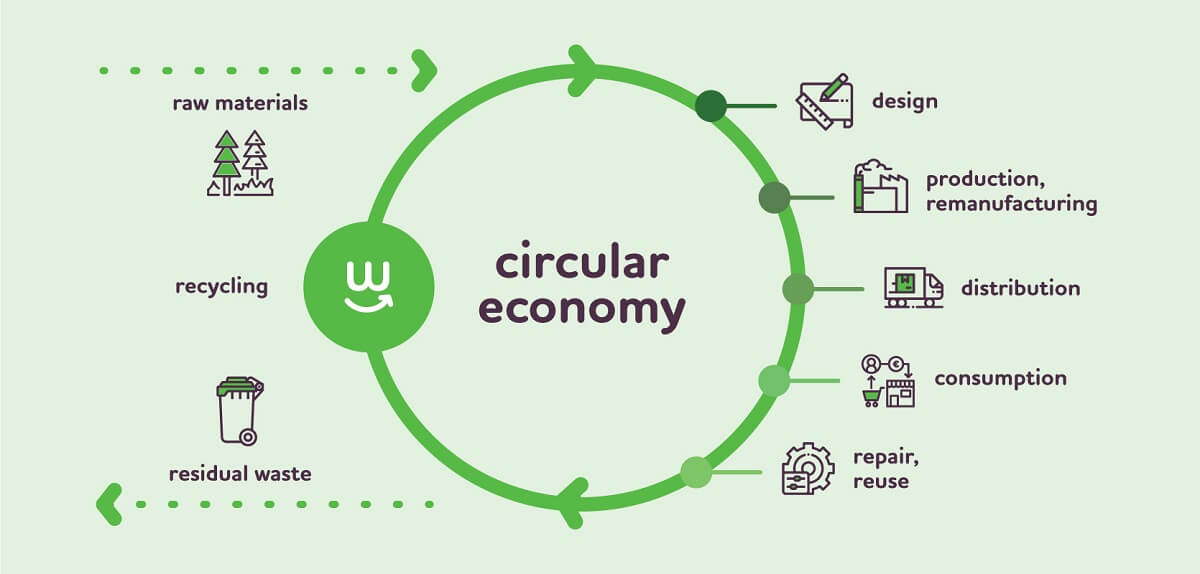Circular economy, as defined by Wikipedia, is a strategy that aims to reduce both the entry of virgin materials and the production of waste, closing the loops or economic and ecological flows of resources.
The analysis of the physical flows of resources comes from the school of thought of industrial ecology in which the material flows are of two types, biological nutrients, designed to reintroduce into the biosphere without technical incidents, nutrients which are designed to circulate with High quality in the production system but do not return to the biosphere.
The term "circular economy" was first used in western literature in 1980 (Pearce and Turner 1990) to describe a closed system of interactions between economy and the environment.
Circular economy is part of the study of feedback of nonlinear systems, living systems. An important result of this is the idea of optimizing systems rather than components, or the idea of "custom design" that frames a number of more concrete approaches that include cradle to cradle, biomimicry, industrial ecology, and the blue economy.
There are 10 configurative features that define how the circular economy should work:
- The residue becomes a resource: it is the main characteristic. All biodegradable material returns to nature and that which is not biodegradable is reused.
- The second use: reintroduce in the economic circuit those products that no longer correspond to the initial needs of consumers.
- Reuse: reuse certain waste or certain parts of it, which can still work for the development of new products.
- Repair: find a second life to spoiled products.
- Recycling: use the materials found in waste.
- The recovery: use energy waste that cannot be recycled.
- Economy of functionality: the circular economy proposes to eliminate the sale of products in many cases to implement a system of rental of goods. When the product finishes its main function, it returns to the company, which will disassemble it to reuse its valid parts.
- Energy from renewable sources: elimination of fossil fuels to produce the product, reuse and recycle.
- The eco-conception: considers the environmental impacts throughout the life cycle of a product and integrates them from its conception.
- Industrial and territorial ecology: establishment of a mode of industrial organization in the same territory characterized by an optimized management of stocks and flows of materials, energy and services.

